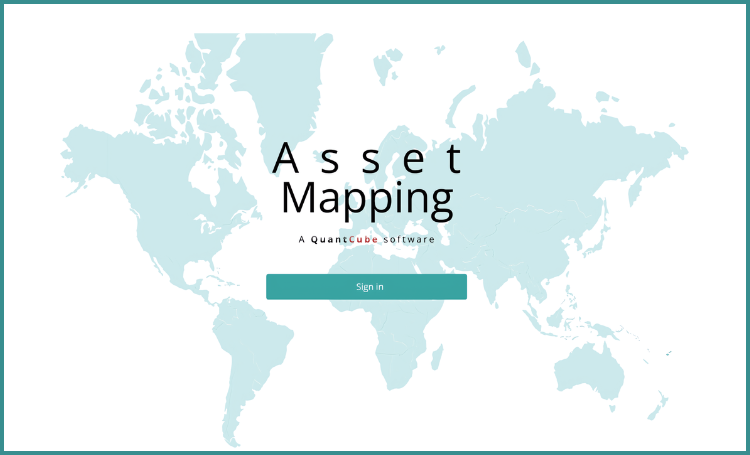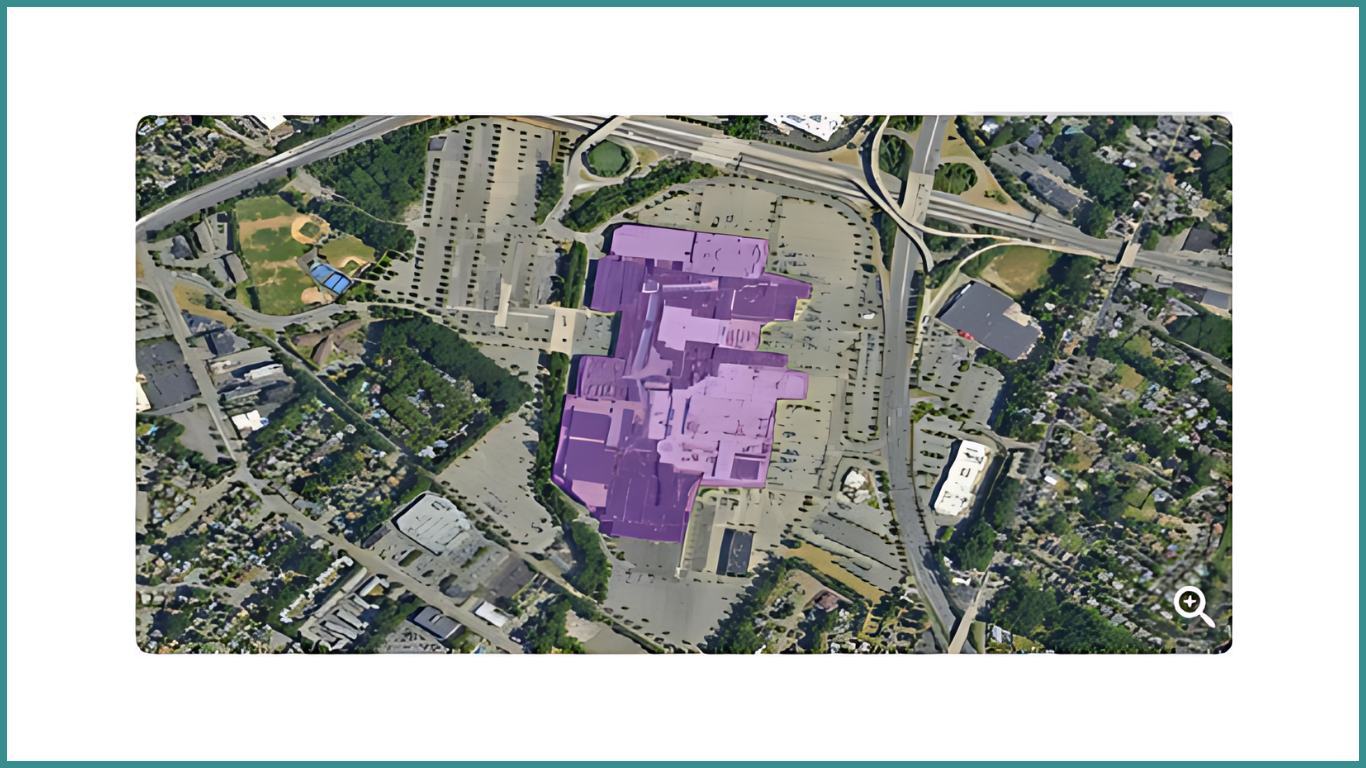
QuantCube Asset Mapping Database
Corporate Portfolio Mapping & Real Time Asset Activity Monitoring
Building a Complete Asset Picture
Leveraging Alternative Data & AI
QuantCube’s Asset Mapping database provides detailed information about companies' physical asset portfolios through advanced computer vision techniques, big data mining and the integration of alternative data.
By leveraging Natural Language Processing (NLP) and Graph Theory, we curate data to ensure its uniqueness and completeness. This translates to precise asset locations and ownership structure, delivering a holistic understanding of a company’s current and future revenue generating assets.
Our Data Sources Include
-

Satellite Data
-

Multilingual News Analytics
-

Financial Reports
-

Public Company Information
The Database in Numbers
10,000+ Companies Tracked
1,000,000+ Assets Tracked
10+ Sectors Tracked
Database Main Features
Asset Location
The Asset Location feature delivers precise location data for companies' physical assets, as it offers:
Latitude and longitude coordinates for pinpoint accuracy
Boundary polygons for a selection of asset classes
Ownership Structure
Corporations often have complex structures, involving multiple layers of subsidiaries. QuantCube’s Asset Mapping technology uncovers the assets of all companies in a corporate group, to provide a complete picture of a firm’s physical asset portfolio. QuantCube analyses the corporate structures of:
Over 5000 top firms, both listed and non-listed, of various sizes (small, mid, and large caps).
Their subsidiaries across 11 sectors: Metals & Mining, Oil & Gas, Utilities, Automotive, Construction Materials, Real Estate, Chemicals, Transportation Services, Telecommunication Services, Food and Beverage, and Electronics. It ensures comprehensive coverage and helps to gain a clear understanding of ownership structures.
Asset Characteristics
The database offers detailed information on asset characteristics according to a nomenclature defined by QuantCube encompassing sector, type and subtype.
This is based on the GICS classification and a thorough analysis of each sector's value chain. We provide quantitative data, including:
Asset production capacity
Annual production per commodity or product
Asset dimensions for real estate (such as surface area and height)
Stay Ahead with Up to Date Asset Insights
Key Database Applications
Access extensive worldwide asset coverage, including emerging markets
Streamline portfolio monitoring to assess environmental impact and asset activities
Empower your risk and compliance decisions with up to date asset insights
Frequently Asked Questions
-
QuantCube's Asset Mapping database leverages advanced computer vision techniques, big data mining, and the integration of alternative data to provide unparalleled insights. Using computer vision, deep learning, and multilingual news analytics, our system processes data from satellite imagery and various other sources to deliver real-time updates on asset locations, production levels, and development statuses. Additionally, as part of the AI4GEO consortium, we have developed sophisticated 3D modeling algorithms using Stereo Satellite images, ensuring precise and detailed asset representations. Our use of NLP and graph theory for data curation further enhances the accuracy and comprehensiveness of our database.
-
QuantCube’s Asset Mapping database offers global coverage, providing detailed insights into asset locations and production levels across various sectors in both developed and emerging markets worldwide. Our database includes detailed information from countries such as the United States, Canada, Brazil, Mexico, Germany, the United Kingdom, France, Italy, Russia, China, Japan, India, South Korea, Saudi Arabia, the United Arab Emirates, South Africa, Nigeria, Australia, and more. This extensive coverage ensures you have access to comprehensive and accurate data, no matter where the assets are located. Our database tracks companies whose combined assets account for at least 80% of industry activity globally.
-
Yes, QuantCube’s Asset Mapping database is an excellent tool for monitoring company activities and estimating company’s activity in real-time. By analyzing the geographic distribution and production levels of a company's assets, it provides valuable insights into companies’ financial performance, economic activities, and market trends.
-
Absolutely. QuantCube’s Asset Mapping database is designed to help organizations comply with EU regulations, such as the Implementing Technical Standards (ITS) on Pillar 3 disclosures on environmental, social, and governance (ESG) risks issued by the European Banking Authority (EBA). By providing detailed insights into asset locations, ownership structures, and production levels, our database enables accurate assessments of environmental risks, including physical risks due to climate events like droughts, floods, wildfires. This ensures compliance with the latest EU regulatory standards.
-
QuantCube categorizes a diverse array of assets and sub-assets across multiple sectors in its database. For each sector, we normalize the asset types and subtypes to ensure consistency and clarity in our classifications. This approach enables us to deliver structured insights designed to facilitate easy comparison between companies, by country, and across sectors, empowering users with actionable information tailored to specific industry requirements.
Looking for More Information? Reach out to the Team
Our database provides flexible solutions designed to meet a diverse array of needs and applications. Whether you aim to elevate data-driven decision-making or extract valuable insights, our database can be customized to suit your objectives.
Reach out to us today to discuss your specific requirements, and our team will collaborate with you to craft a solution perfectly aligned with your goals.




